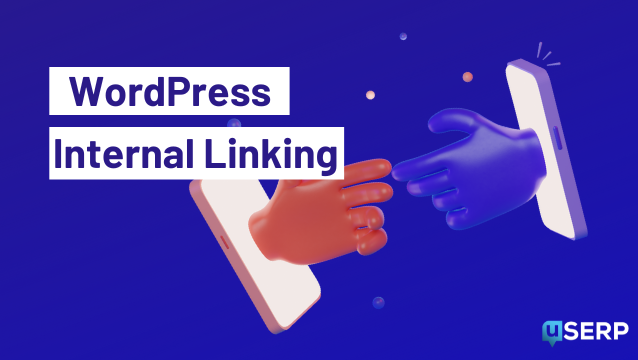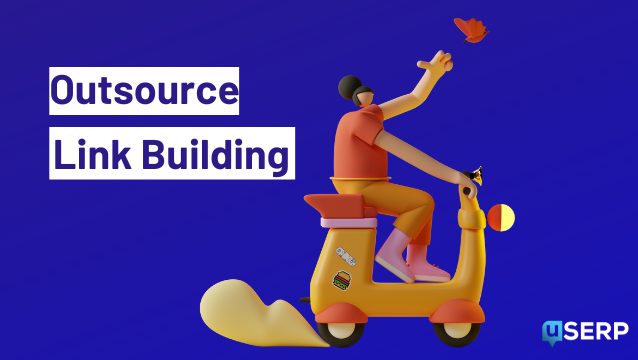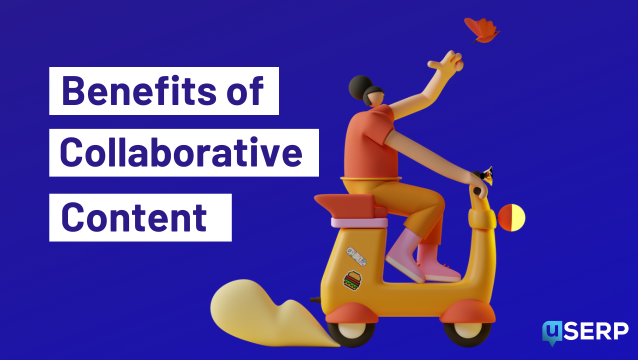Information marketing is a strategic approach to marketing that involves the creation and distribution of relevant content on a regular basis in order to attract your target audience. Finally, a consistent stream of material should result in profitable client behavior, such as sales.
Content marketing, unlike typical marketing methods, does not feature pitches or self-promotion. Content marketers, on the other hand, provide clients with free value in the form of information, education, or entertainment. Creating assets in a range of content categories is usually part of a comprehensive content marketing plan.
With so much information circulating around, diving into the world of content marketing can be confusing. It can be tough to know what types of material to start with when developing a content library for your brand’s marketing purposes — or even how many distinct types of content marketing there are!
Common Types Of Content Marketing:
Let’s take a look at some of the different types of content marketing formats that you may employ to develop your plan.
1. Blogging:
When you think of content marketing, one of the first things that come to mind is blogging. Blog material has been used by both bloggers and corporations to establish and monetize loyal followings. When combined with SEO best practices, blogging has a huge influence.
Any inbound content marketing plan must include SEO. Inbound marketing refers to the process of attracting visitors to your website through the creation of valuable content. Inbound marketing refers to the process of attracting visitors to your website by producing valuable content that appears in search engine results pages (SERPs).
Aside from the time it takes to compose a blog article, blogging has a very low cost. Businesses without a writing staff can choose to outsource blog post writing and still save money on marketing.
2. Chatbots:
This, in the list, must be a surprise and could have raised a lot of eyebrows but the chatbots actually do the job. It actually revamps your content and compels the authorized person to click on the ad ending up showing the result of 100% conversion. That’s true, everybody who interacts with your bot after clicking on the ad becomes a contact in your database to whom you may send follow-up messages. To create a chatbot, you can leverage popular chatbot platforms.
3. Infographics:
While informative content is beneficial, it can soon become boring or dense. If you want to educate a short-attention-span audience (essentially everybody on the internet), you can accomplish so with an infographic. Infographics are visually appealing representations of facts on a certain topic. To communicate a data-rich story with infographics, marketers employ a combination of the following:
- Images
- Graphs
- Diagrams
- Text
- Data
- Icons
Infographics are a fantastic supplement to blog posts, and they are also wonderful for improving social media engagement. Infographics are easier to read, absorb, and share because of the extra images.
Designing creative and user-friendly infographics is an art. Pursuing a degree in digital media can give you ample knowledge to transform the way you work and offer abundant opportunities to further your growth in marketing.
If you have a WordPress website there are many plugins for data visualization. One of them is WordPress Chart Builder plugin, which helps you create informative and beautiful Line Chart, Bar Chart, Pie Chart Column Chart, Donut Chart and many more.
4. E-Books:
E-books are a great method to develop your brand as a knowledgeable or authoritative voice in your field. To grow subscribers and discover qualified marketing leads, e-books are frequently utilized as lead magnets.
A company makes an e-book that is free to download and distributes through a landing page. To receive the e-book download, the potential customer must subscribe to a newsletter or enter their email address. A marketing qualified lead is someone who has downloaded your e-book and expressed interest in your brand or product.
5. Podcasts:
Podcasts are digital audio recordings that are typically distributed in installments via the internet. Customers can download the audio files, listen on your website, or subscribe to podcasts using apps such as Spotify.
Why are podcasts so popular in a world where new video marketing formats are continually being introduced (we’re looking at you, TikTok)? Podcasts are a user-friendly method of content marketing that allows people to obtain information while doing other things.
Find out what’s making audio waves this year with the 10 most popular podcast trends for 2022
6. White Papers:
A white paper is an authoritative study that promotes a specific strategy of action in order to educate readers and assist them in solving relevant problems. White papers are longer (typically 3,000-5,000 words) than blog entries and are mostly based on research and data. In addition, white papers are PDF files that can be downloaded, whereas blog entries and articles are available as a website page.
7. Videos:
Videos are one of the most common yet important types of content used for marketing. Given the increasing demand for video consumption, it is a no-brainer to include videos in your content marketing strategy. But what kind of videos should you make?
Video content can be in the form of live videos, vlogs, webinars, animated GIFs, presentations, etc. The kind of video content you should make depends on the marketing platform. There are several social media platforms, each of which has a different content requirement. For platforms like Instagram, you can make unedited vlog style videos which are perfect for the reels and stories but for platforms such as Youtube, you need to make polished and well-edited videos to maximize engagement.
8. Case Studies:
A case study is a piece of material that details your success with a specific client. Case studies are especially useful in the B2B business, where acquisitions are typically more expensive and risky. It can be very helpful for such SaaS companies as email software, search engines, coworking software and so on.
When writing a case study, put the focus on the customer first and the product second. In other words, your case study should read like a client story in which your brand plays an important supporting part. You may demonstrate to sales prospects that you can generate excellent results for them by displaying your satisfied clients.
Content Marketing Mistakes:
Investing in content marketing is like hiring salespeople that work 24/7 to help your customers when they are looking for you. Therefore, it is smart not to make mistakes but if you do here are the top mistakes that you must avoid.
1. No Use Of Data:
Many businesses create their editorial calendars by “brainstorming” blog topic ideas that they believe would be a good match for their website. This is referred to as the “see what sticks” strategy. A group of people jots down every possible blog topic suggestion they can think of. They incorporate these suggestions into their editorial calendar for the future year and begin producing material.
2. No Targeted Audience:
They are more likely to regard us as a digital marketing authority if we produce high-quality material that assists them in their development as marketers.
Those who do so become regular readers and share our content with their networks, increasing our visibility among other marketers who become regular readers and share our articles as well.
3. Outside Experts Aren’t Considered:
SEO, according to 57% of B2B marketers, generates more leads than any other marketing strategy. Can your company afford to miss out on its most effective sales platform while you learn how to master content marketing?
If not, fill out our consultation form to learn more about partnering with us, or read our data-backed comparison to determine whether you should engage a digital marketing agency.
The Pros And Cons Of Content Marketing:
You will agree with me if I claim that every marketer these days is using content marketing to sell their products and services all over the world, right? That’s correct. So, here are a few of the pros and cons of content marketing that you must look upon before starting with the content marketing strategy.
The Pros Of Content Marketing:
The following are some of the advantages of content marketing:
1. Cost-Effective And Higher-Quality Results:
Content marketing is a low-cost strategy that yields greater outcomes than traditional marketing. You may claim that content marketing is appropriate for modern-day marketing that is focused on the customer and search engines. Content marketing’s return on investment (ROI) improves over time. It also aids in a quick sales cycle.
2. Enhance Traffic And Conversions:
Producing high-quality content can genuinely attract visitors to your website and increase traffic. And after they have arrived on your site, they will be persuaded to register or make a purchase.
3. Boost Brand Awareness, Trust, And Loyalty:
Your high-quality material creates a positive impression of your company. Your company will be seen as authoritative and trustworthy if you publish interesting, valuable, and well-researched material. The more people rely on you for knowledge, the more likely they are to buy from you.
The Cons Of Content Marketing:
The following are some of the disadvantages of content marketing:
1. Time-Taking:
It takes time to create high-quality material. You must submit your post on a daily or weekly basis to achieve a higher rating on Google’s search engine result page. You must invest time in knowing your consumers’ problems and situations in order to attract them. It will take time, but you will be able to reach your target audience.
2. It Is Difficult To Manage:
Content marketing is a difficult undertaking to master. To create relevant content for your audience, you must conduct extensive research. Whenever you schedule, post, or measure the results, make sure your content keeps them motivated. Managing content marketing is a difficult endeavor.
3. It Necessitated A Great Deal Of Ingenuity And Talent:
Content marketing is a form of creativity in and of itself. You will need particular abilities and creativity if you want to make certain infographics and movies. I’m not expecting you to be an expert, but you should have some knowledge of design, website development, social networking, content writing, and strategic analysis.
- Types Of Content Marketing: Mistakes, Pros, & Cons - September 3, 2021








